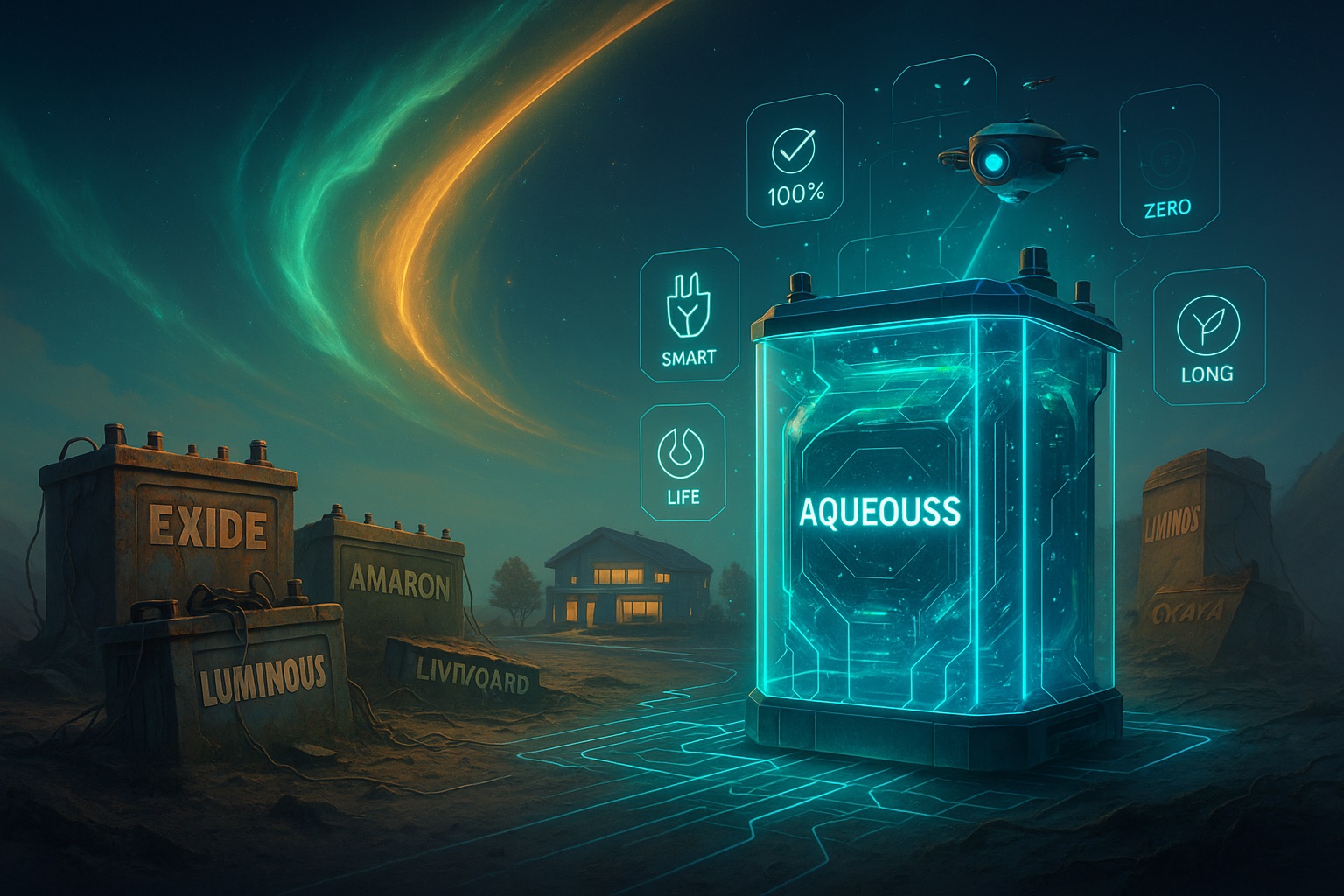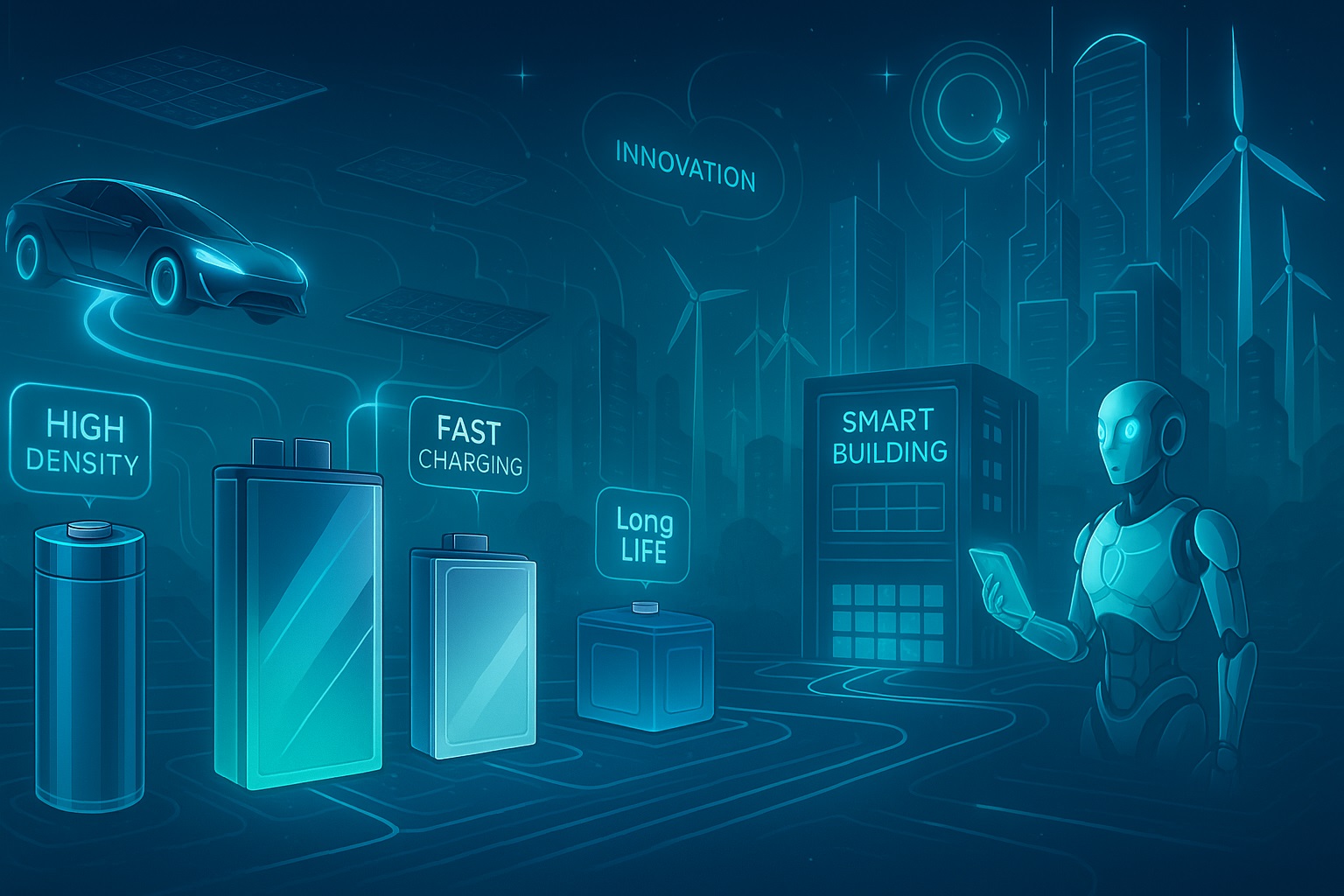Cell balancing is a technique that improves the life of the battery by maximizing the capacity of the battery pack. It ensures that all of the pack’s energy is available for use. A cell regulator or balancer is a functionality in a battery management system (BMS) that performs cell balancing; it is found in lithium battery packs. Cell balancing is one of the most important functions of a BMS.
The individual cells used in the battery pack typically have different capacities and are at different States of Charge levels. During balancing, the cells with higher capacity undergo a full charge/discharge cycle. When cell balancing is not present, the cell of the slowest capacity is the weakest point.
Why cell balancing is needed:
Some sort of balancing is required when cells are grouped together to power up a device. This is because battery cells are fragile and die or get damaged if they are charged or discharged too much. It is also important to note that imbalanced lithium cells die the first time you try to use them. This is why cell balancing is needed. Other reasons include:
Thermal Runaway
Lithium cells are very sensitive to over charging and over-discharging. This leads to thermal runaway when the rate of internal heat generation exceeds the rate at which the heat can be released. When cell balancing is used, every non defective cell in the battery pack should be balanced to the same relative capacity as the other cells.
Cell degradation
When a lithium cell is overcharged even slightly above its recommended value the energy capacity, efficiency, and life cycle of the cell reduces. It can be caused because of various reasons. Cell degradation is a serious economic problem that varies according to how the battery is being used.
Incomplete use of cell pack energy
Drawing more current than the battery was designed for or short-circuiting the battery is most likely to cause premature failure of the battery. When discharging the battery pack, the weaker cells discharge faster than the healthy cells whereas they reach the lowest voltage more quickly than other cells.
Types of cell balancing
Active Cell Balancing
An active cell balancer transfers energy from one cell to the other. That is from high voltage/ high state of charge (SoC) to a cell with a lower SoC. The purpose of an active balancer is to extend the life of the pack by moving energy from one cell in the pack with more energy than the other cell.
An active cell balancer efficiently balances cells with tiny converter circuits, These circuits pass energy from the highest voltage cells to the lowest voltage cells. There are two categories of active cell balancing methods: charge shuttling and energy converters. Charge shuttling is used to actively transport charges from one cell to another to achieve equal cell voltage. On the other hand, energy converters use transformers and inductors to move energy among the cells of a battery pack.
There are various advantages of active cell balancing. Active cell balancing improves capacity usage and increases energy efficiency. It saves energy instead of burning the excess energy. Active balancing also improves the life expectancy of the cell. There are also disadvantages to active cell balancing. When energy is transferred from one cell to the other, approximately 10-20% energy is lost in the process. In active balancing, the charge can be transferred only from a higher cell to a lower cell.
Passive Cell Balancing
A passive system of cell balancing potentially burns off excess energy from the high cells through a resistive element until the charge matches the lower energy cells in the pack. Initially, the excess energy is burned off until the cells are balanced. Passive cell balancing allows all cells to appear to have the same capacity.
There are two different categories of passive cell balancing method: fixed shunting resistor and switching shunting resistor. A fixed shunting resistor circuit is connected to the fixed shunting to prevent it from being overcharged. With the help of the resistors, the passive balancing circuit can control the limit value of each cell voltage without damaging the cells. Energy consumed by these resistors for balancing a battery may result in thermal losses in the battery management system. This, therefore, goes on to prove that the fixed shunting resistor method to be an inefficient cell equalizing circuit. The switch shunting resistor cell balancing circuit is the most common method used in cell equalizing.
This method has a continuous mode and a sensing mode, where, in the continuous mode, all switches are controlled to be turned on or off at the same time. In the sensing mode, a real-time voltage sensor is required for each cell. This cell balancing circuit consumes high energy through a balancing resistor. This cell balancing circuit is suitable for a battery system that requires a low current when it is charged or discharged.
Passive cell balancing also has its advantages and disadvantages. Passive cell balancing allows all the cells to have the same state of charge. It also provides a low-cost method to balance the cells. It can correct long-term mismatch in self-discharge current from cell to cell. While the disadvantages of passive cell balancing are that there is poor thermal management. Passive balancing does not improve the run time of the battery powered system.











